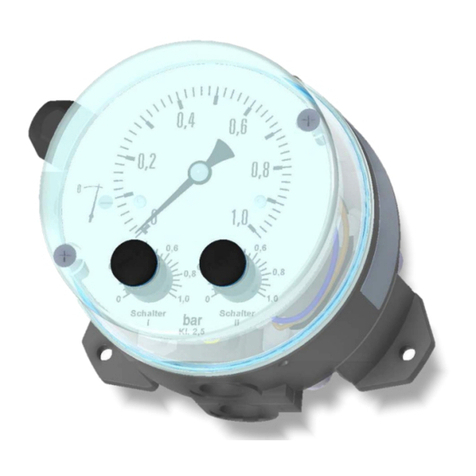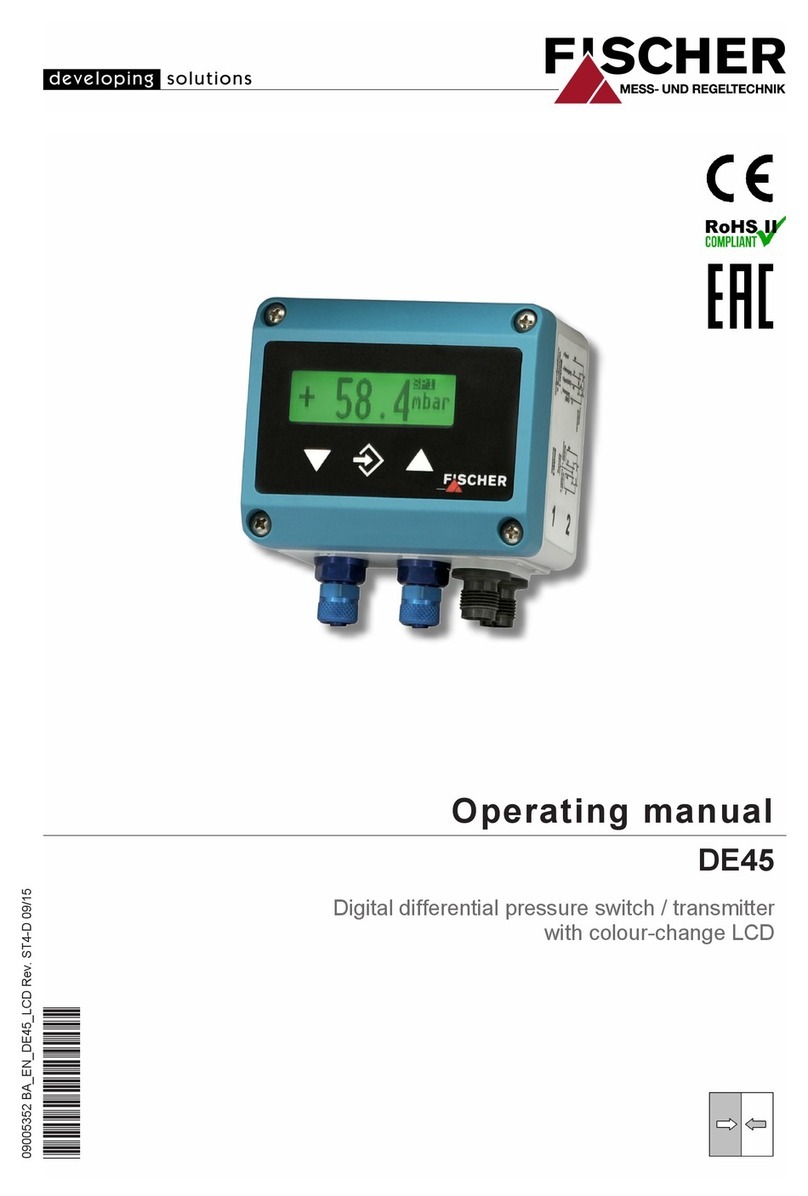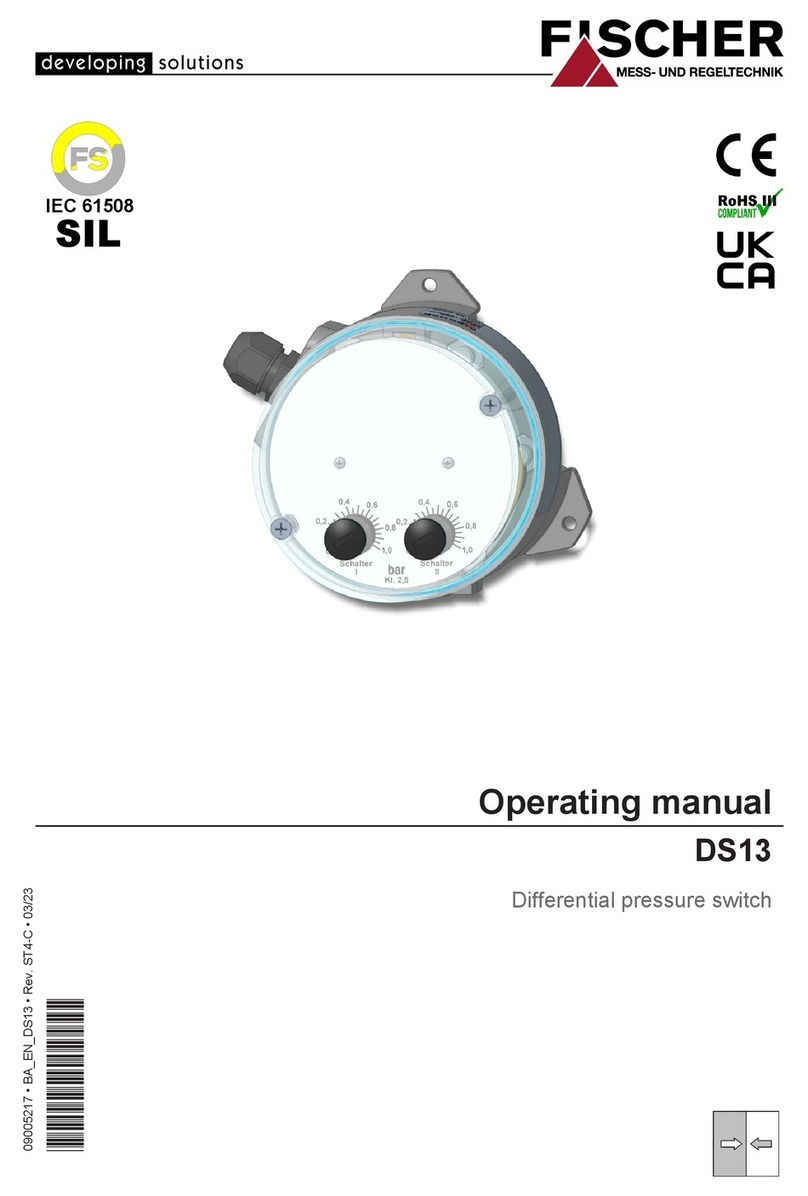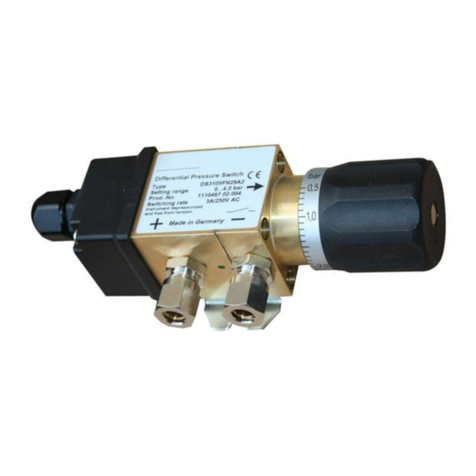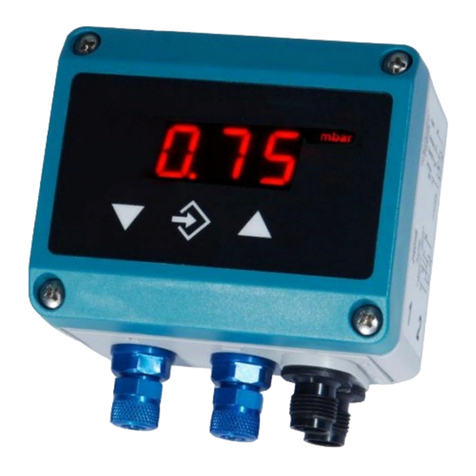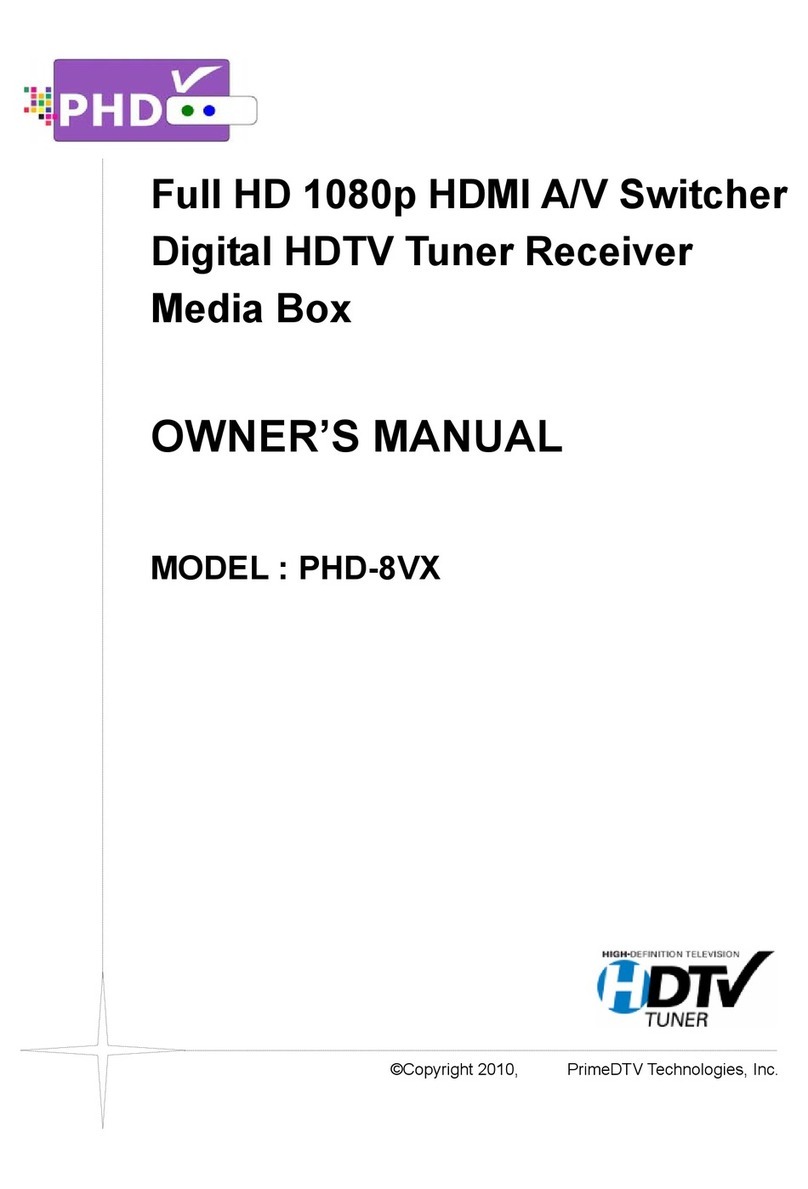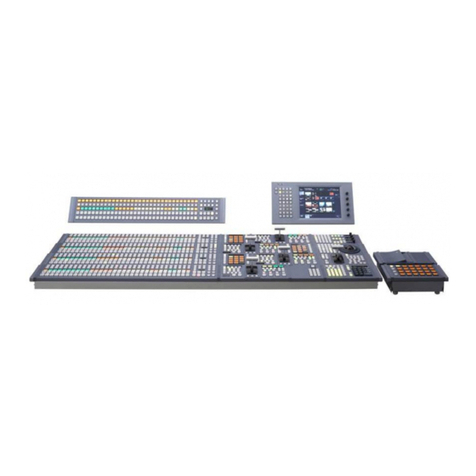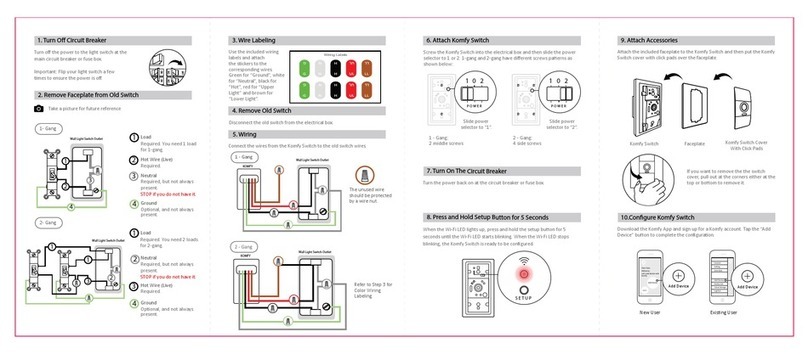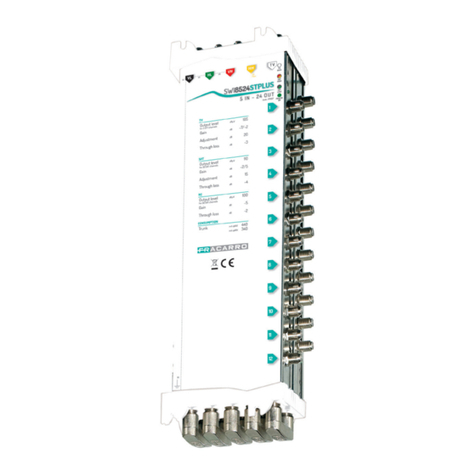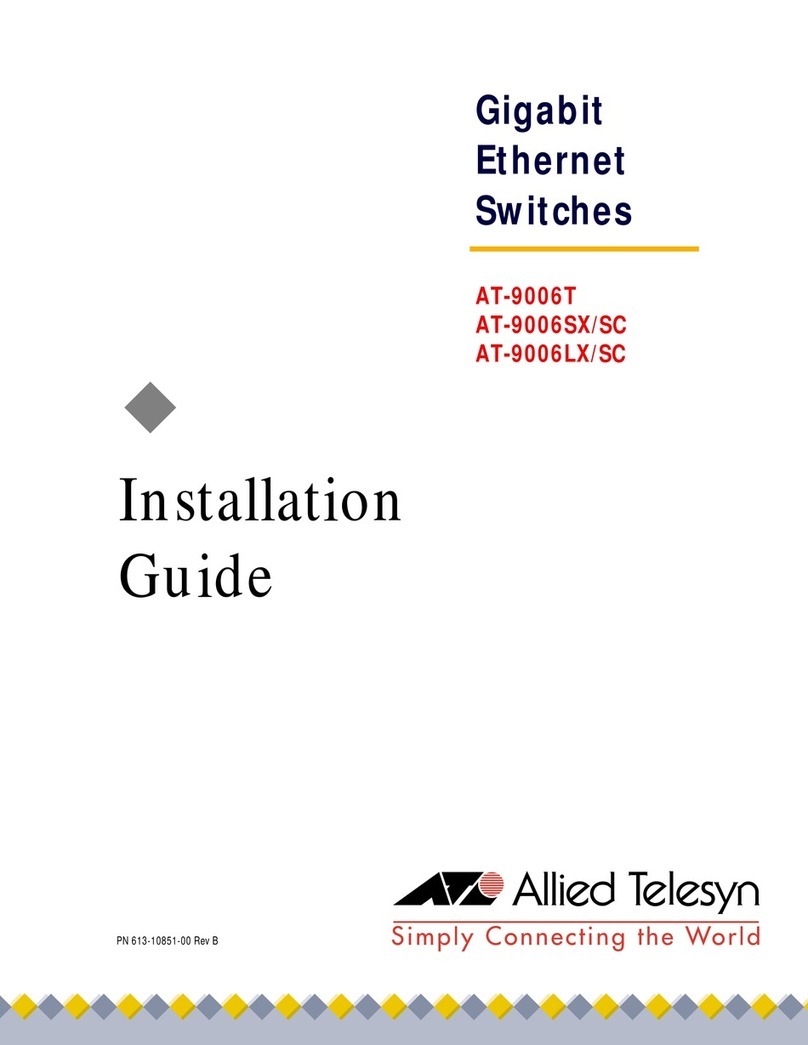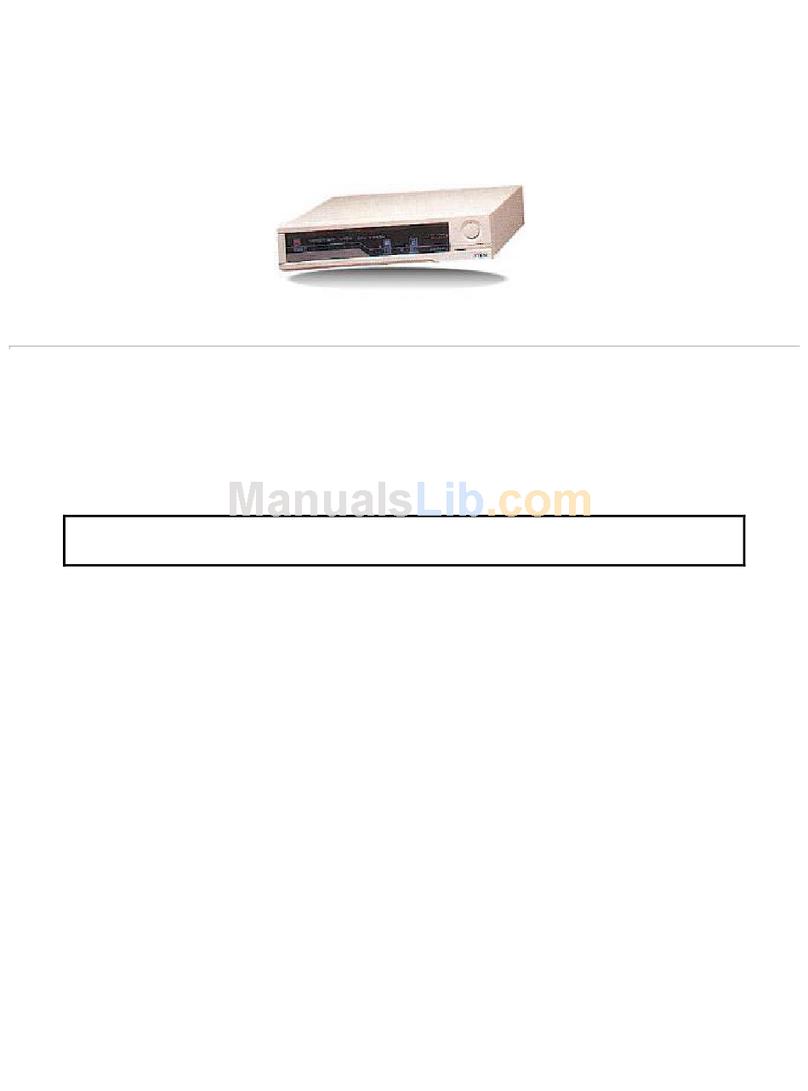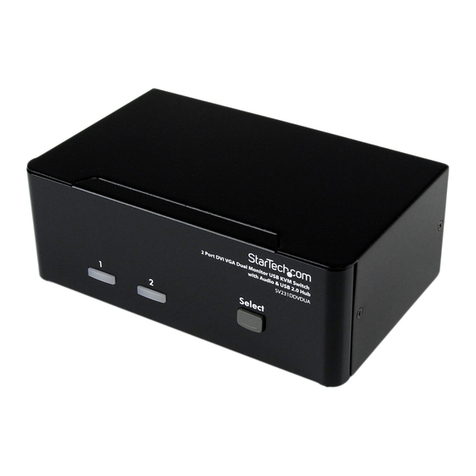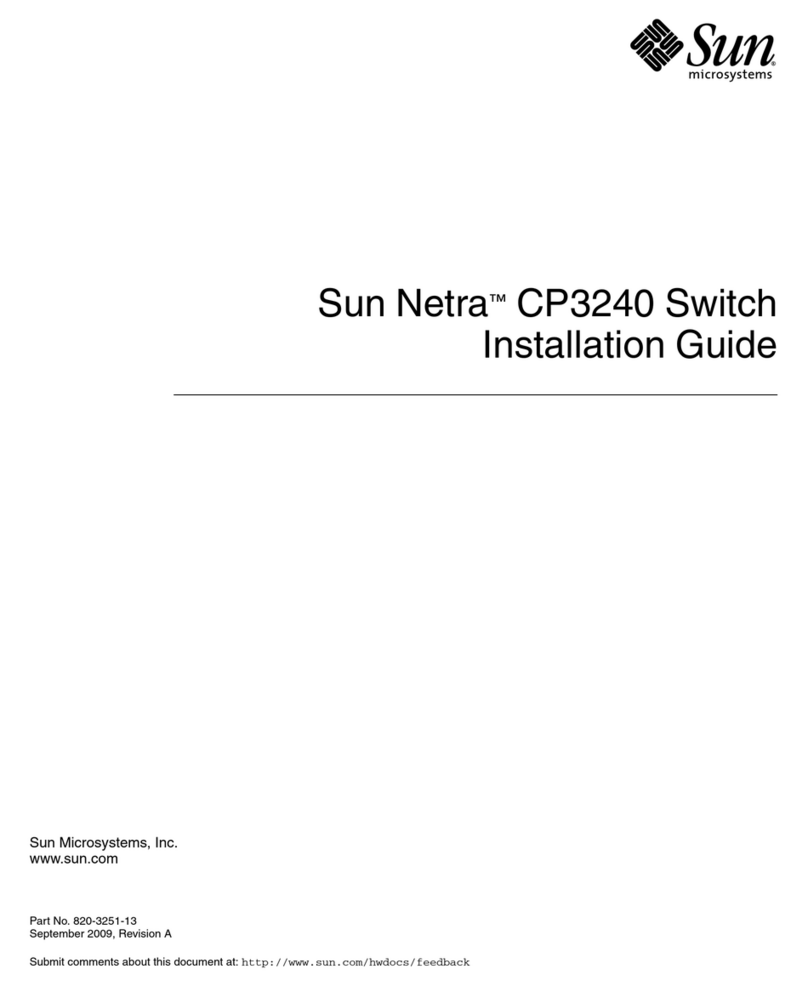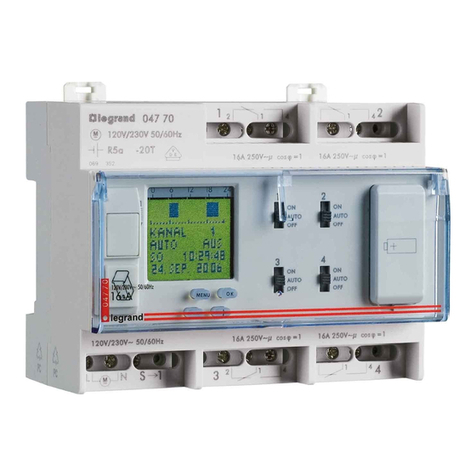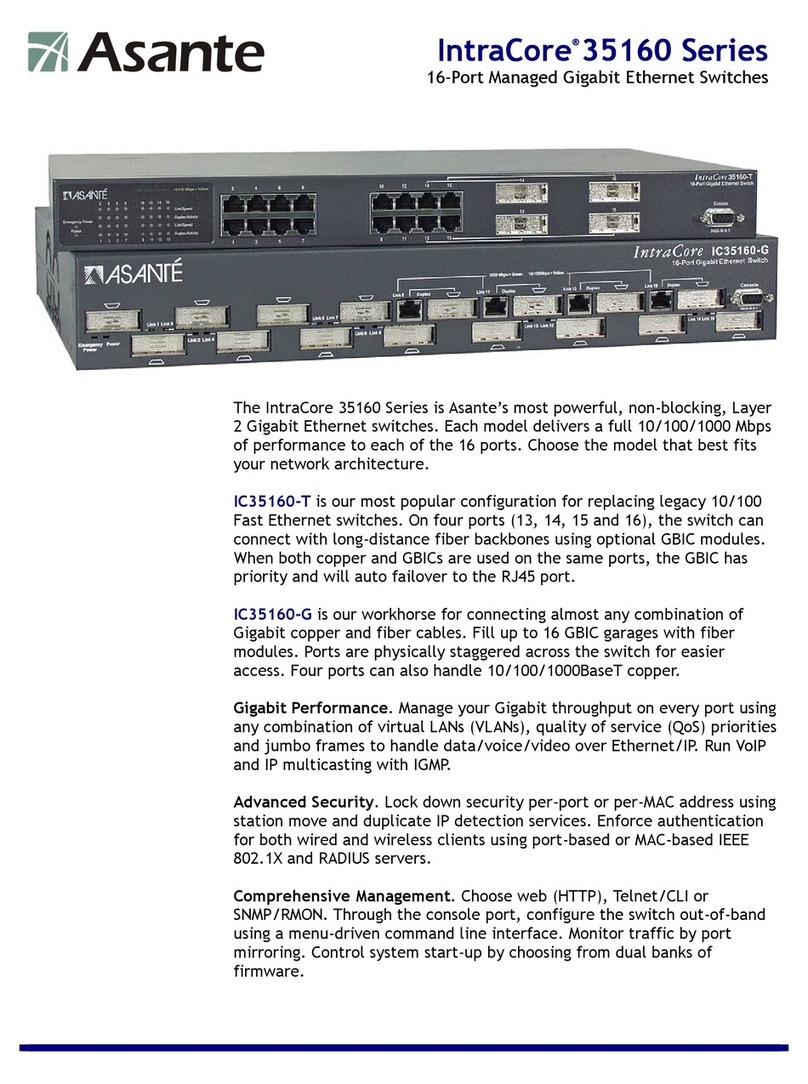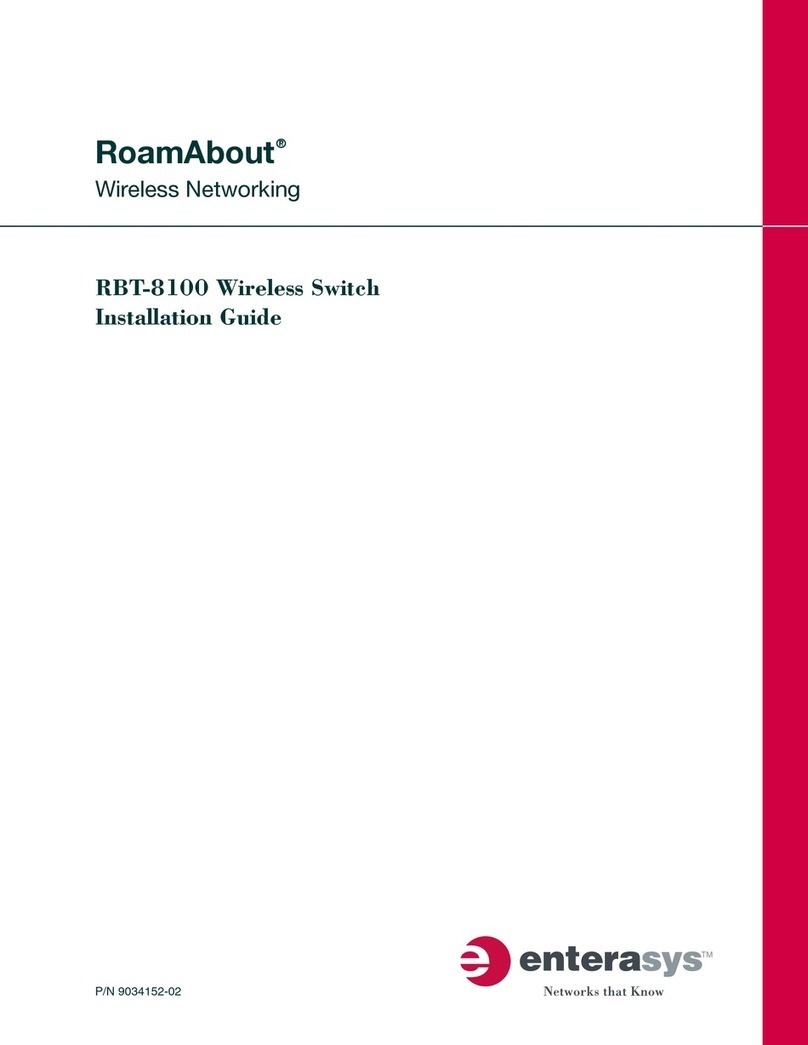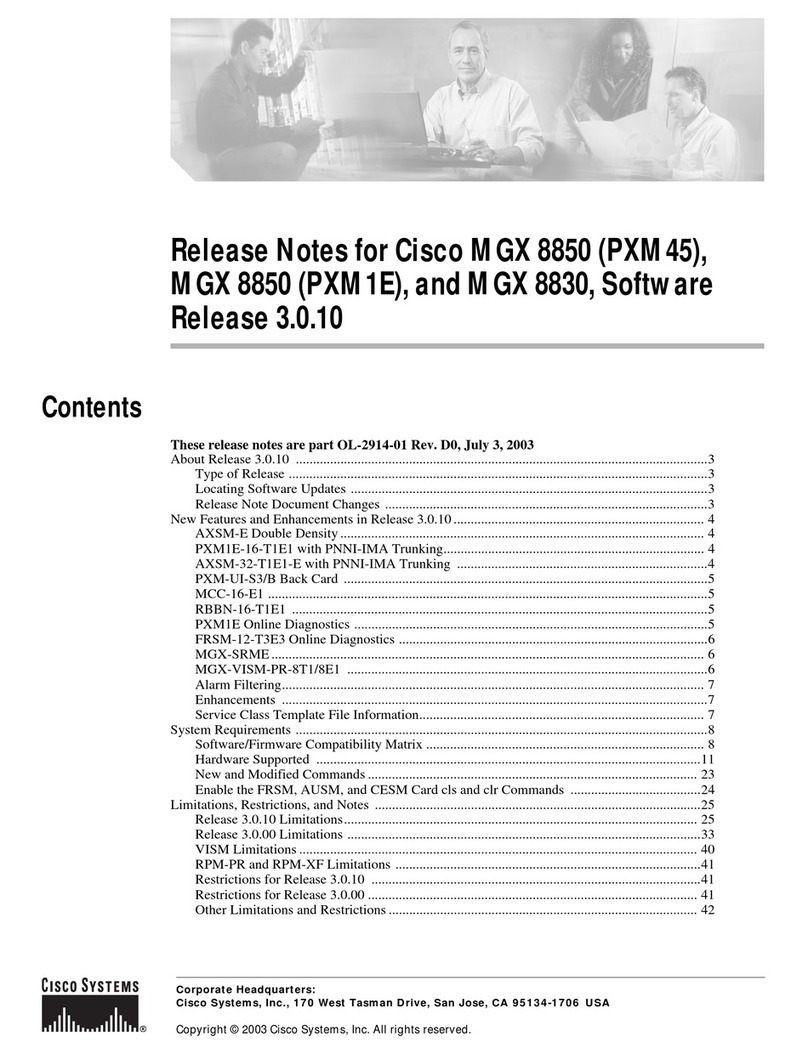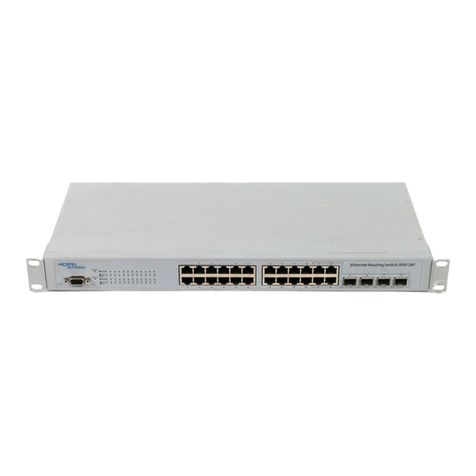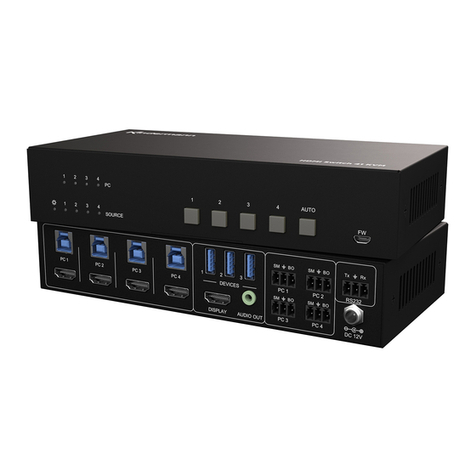
2
1.5. Modifications Forbidden
Modification or other technical alteration of the product is
not permissible. This also applies to the use of unautho-
rized spare parts for repair / maintenance of the product.
Any modifications to this product, if and as necessary,
should be done only by Fischer Mess- und Regeltechnik
GmbH.
1.6. Operational Restrictions
The operational reliability of the product is guaranteed
only when used for intended purposes. The product must
be selected and configured for use specifically with defi-
ned process media. The limiting values of operating pa-
rameters, as given in the product specification sheet,
must never be crossed.
1.7. Safety Considerations during Installation and
Maintenance
The safety instructions given in this manual, existing na-
tional regulations relating to accident prevention, and the
internal safety rules and procedures of the user organi-
zation regarding safety during installation, operation and
servicing must all be followed meticulously.
It is the responsibility of the users to ensure that only sui-
tably qualified and experienced technical personnel are
used for installation, operation and servicing of this
equipment.
2. Intended Applications
The DS11 is a combination of indicating and switching in-
strument for pressure, differential pressure and partial
vacuum. This series is suitable for various measuring ap-
plications in the field of industrial and sanitary tech-
niques. Typical applications are measurement of
differential pressure between forward- and return flow in
heating systems and monitoring of filters and pumps.
The pressure chamber and the measuring diapragm are
available in different materials to meet various require-
ments.
3. Product Description and Functions
3.1. Schematic Diagram
3.2. Principles of Operation
The monitoring and switching instrument is based on a
rugged and uncomplicated diaphragm movement suita-
ble for overpressure- partial vacuum- and differential
pressure measurements. The operating principle of the
system is identical in all three applications.
In a state of equilibrium, the forces of the springs on both
sides of the diaphragm are balanced. The pressure or
differential pressure to be measured creates an unbalan-
ced force at the diaphragm. This force moves the dia-
phragm system against the force of the springs for the
measuring range until a new equilibrium is reached.
When the subjected to excessive pressure, the dia-
phragm rests on metal sup-porting plates.
A centre-mounted tapped transfers the motion of the dia-
phragm sys-tem to the indicator movement ant to the in-
itiating elements of the microswitches.
4. Installation
The instrument is intended for wallmounting. It can be at-
tached directly to flat walls by three mounting feet cast to
the casing. The instrument can be mounted into switch-
board by panel mounting kit DZ11. It is factory-callibrated
in vertical position and may not be mounted otherwise.
To ensure proper operation during installation and
maintenance, appropriate shut-off fittings have to be in-
stalled at the plant. By using recommended accessories
(see 9. Accessories, 13. Dimensions and data sheet
measuring device accessories MZ) the instrument can
be
• depressurized or taken out of operation
• cut off from the relevant pipe net for repair or mainte-
nance purposes
• checked and controlled directly on the spot.
4.1. Process Connections
• Only qualified technicians authorized for this type of
work should undertake installation.
• Only for intended mechanical process connection
(see ordering code on instrument’s type plate)
• Ensure that process equipment and pressure lines
are at atmospheric pressure before making pressure
connections.
• The instrument should be provided with suitable pro-
tection against pressure surges (e.g., snubber or pul-
sation damper).
• Ensure that the mechanical configuration and materi-
als of construction of the instrument are compatible
with the process media.
• Ensure that process pressure is always less than the
specified safe pressure rating.
1. Pressure chamber
2. Motion work
3. Tappet
4. Initiating elements for
microswitches
5. Measuring springs
6. Measuring diaphragm









